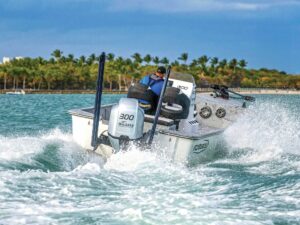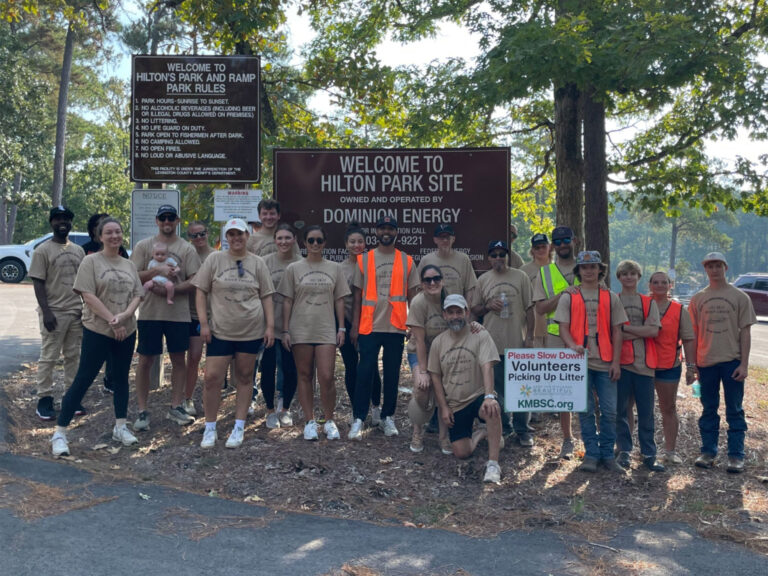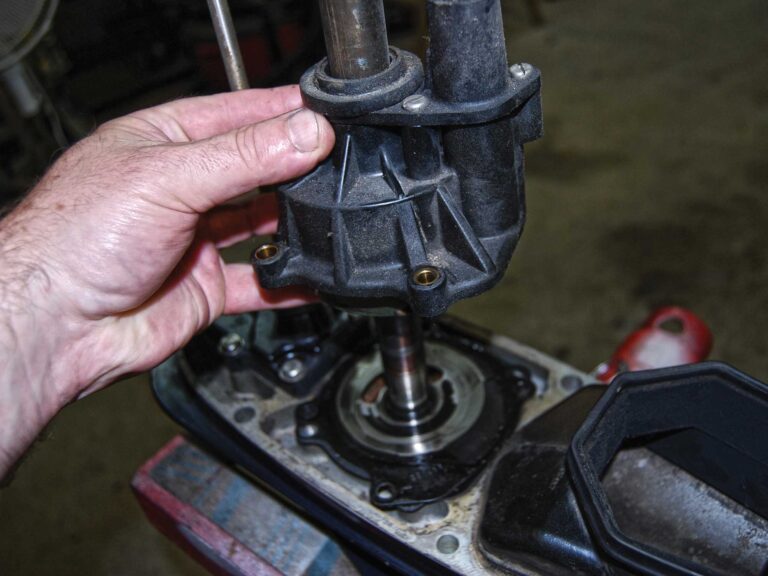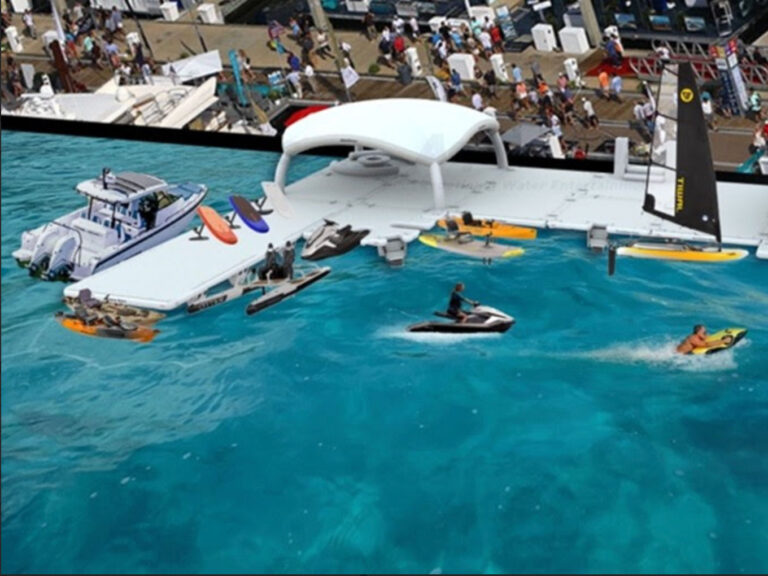
My birthday dawned sunny with enough chop in Long Island’s Jones Inlet to cause the 23-foot cabin cruiser I had borrowed to rock and roll. Before we left the dock, I went through what I thought was an adequate pre-departure checklist. Let me state that I am a member of the U.S. Coast Guard Auxiliary and a state-certified boating-safety instructor. And yet, this day, I found myself on a sinking vessel.
We drifted in the rushing current, picking up fluke on every drift. Then the boat began acting sluggish and would not get on plane. I decided to head for home, but the boat was barely making way. Plan B: Head to the Coast Guard station, because it was much closer to my present location.
Then things turned ominous. The engine quit and the electric power was lost. I opened the engine hatch and the bilge was flooded with 2 feet of water covering the engine. We were sinking. Wow! This was happening to me who’d taught many boaters what to do in a situation like this.
I confirmed that everyone had a life jacket on. Next, I asked my kids to drop anchor, as we were close to the rock jetties. I tuned my portable VHF radio to Channel 16. I delivered the message I teach, providing a description of the vessel, its location, the nature of the emergency and the number of crew on board.
The first rescue boat arrived in less than three minutes. It was a bay constable in his gray-hull Boston Whaler who took my wife and three children off the sinking boat. Next, an armada appeared. The vessels included a police patrol boat, U.S. Coast Guard RIB, Sea Tow, and a group of my flotilla members on personal watercraft who had been patrolling a canoe race, as well as nearby boaters who were monitoring Channel 16. Sea Tow supplied a pump, and once the scuppers were above the waterline, the boat stopped sinking. We were towed in and hauled out.
How did this happen? The boat’s owner had repowered with a new engine that was heavier than the old one, and so allowed water to enter in the choppy inlet. The added weight of the water put the scuppers below the waterline and doomed the day.
Additionally, the owner didn’t tell me that the bilge pump was not working. I doubt it would have kept up with all that water, but if I had seen the light for the bilge constantly on, I may have had more forewarning that we were in trouble.
I learned that a more thorough pre-departure check might have picked up the broken bilge pump. Most importantly, you need an emergency plan that keeps your passengers and crew calm. I’m a big believer in portable VHF units as a backup even if you have a fixed-mount VHF on board. Also, broadcasting our distress on the VHF as opposed to calling for help on a cellphone alerted a large response team to come to our aid in a short period of time.
Every year on my birthday, one of my kids says, “Daddy, there’s water in the cabin.” We laugh about it now. But not every outcome of a sinking boat has a happy ending.
I urge all boaters to attend a boating-safety class. The knowledge can, and does, save lives.
Alan Alterman
Long Island, New York
Wanted: Your Stories
Share your boating mistakes and mishaps so that your fellow boaters might learn from your experience. Send us your first-person accounts, including what went wrong, what you’d do differently, your name and your city, to editor@boatingmag.com and use “ILAB” in the subject line. If your story is selected for publication, we’ll send you a $100 West Marine Gift Card!”









